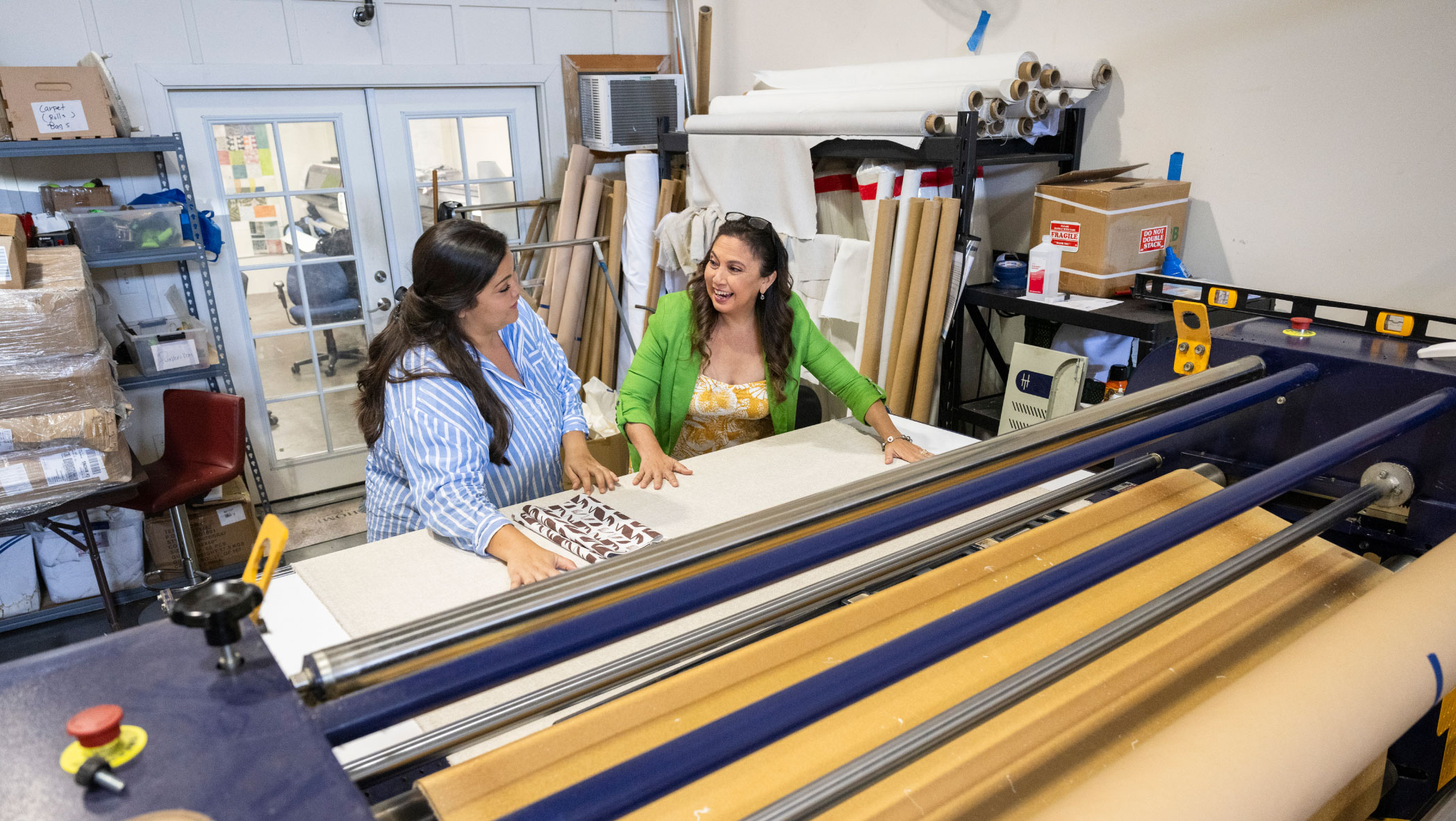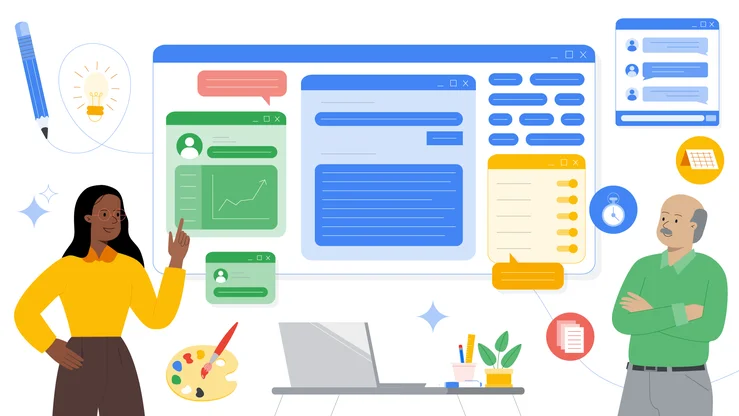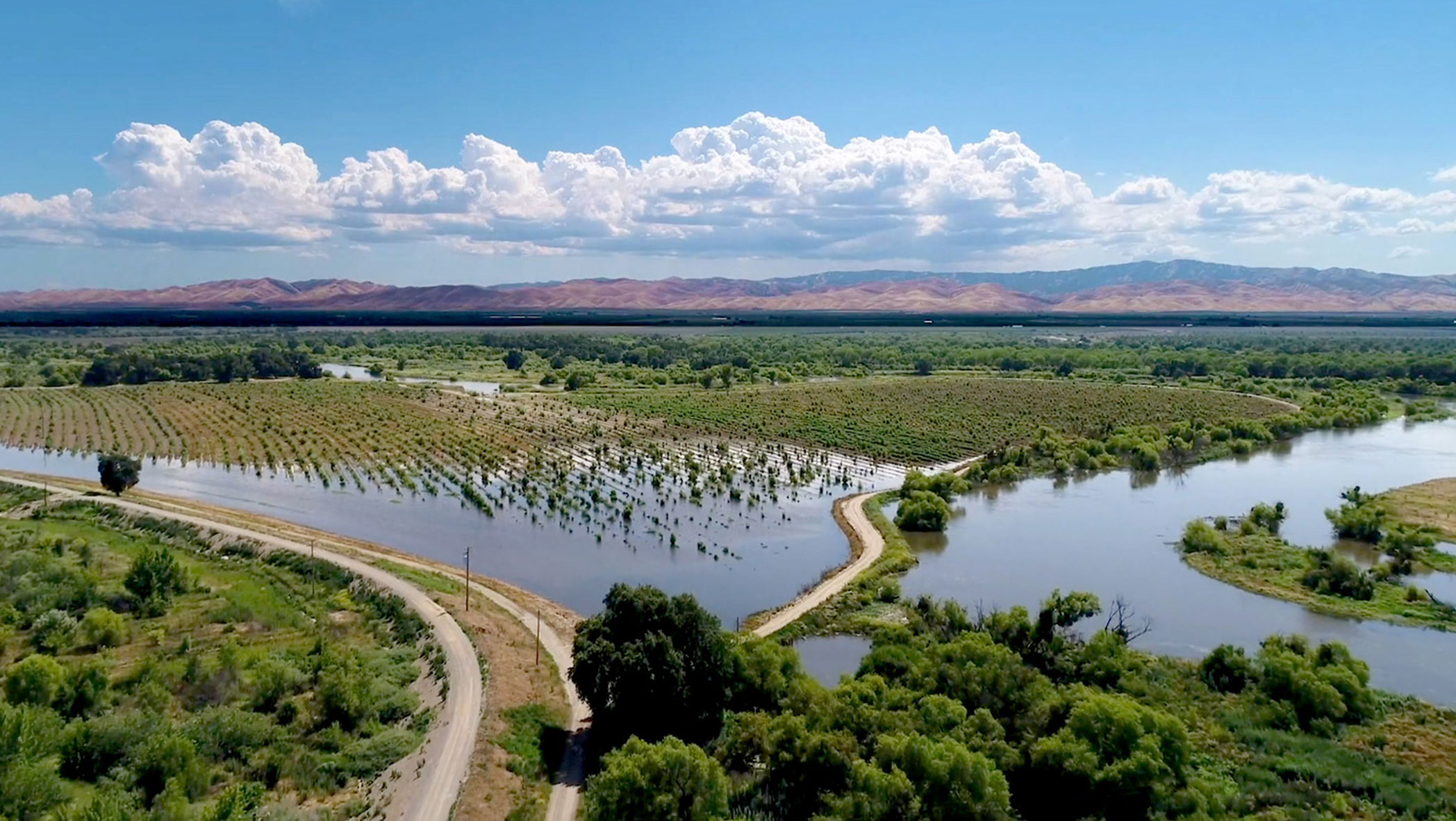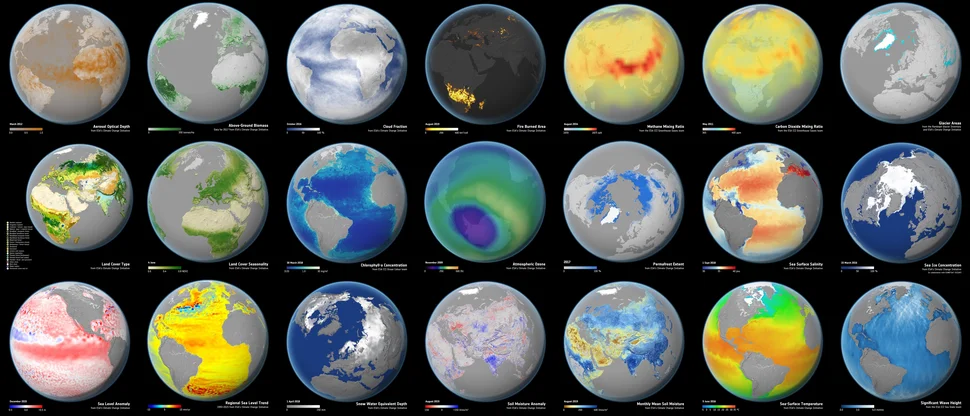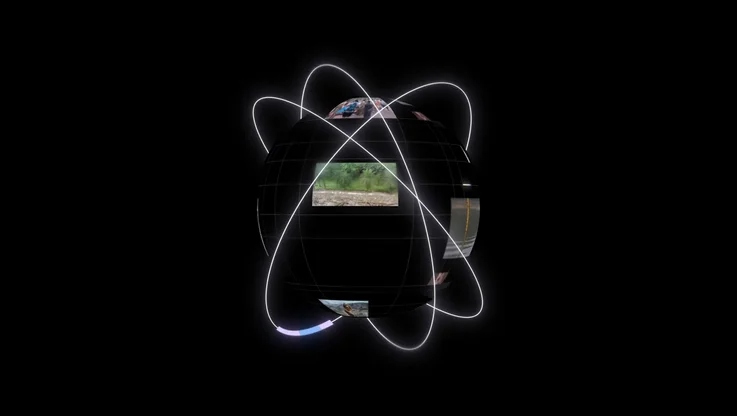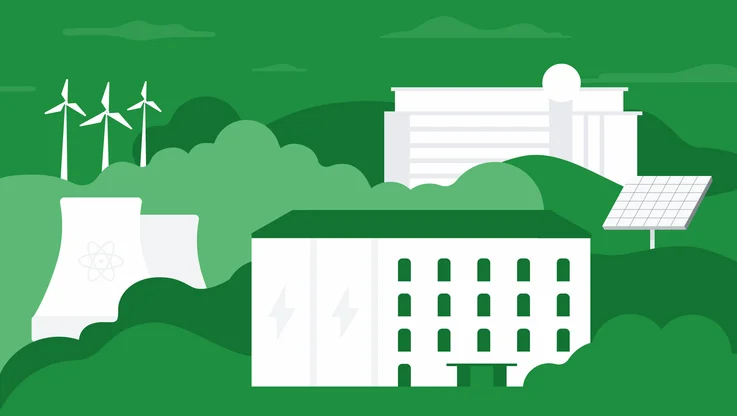Why "healthy" materials are key to Google's new buildings
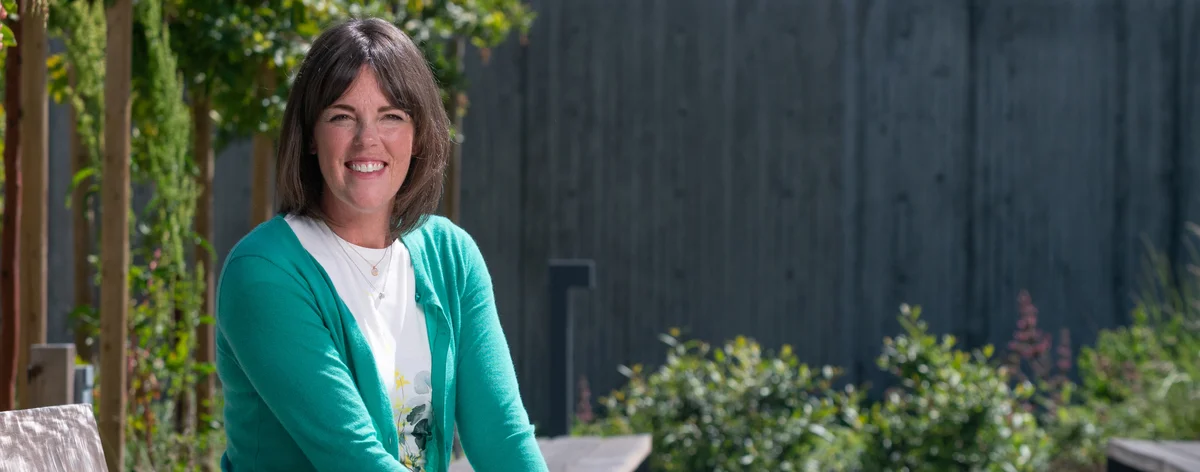
As a New Yorker, I’m struck by California’s natural beauty. When I visit Google’s headquarters in Mountain View, I walk along the sidewalk and exclaim things like, “Is that wild sage?” (My coworkers find it amusing.)The tree-lined scenery of the San Francisco Bay Area gives some much-needed refreshment to my senses, which tend to be dulled by subway cars and honking car horns.
When I’m in the Bay Area, I often wonder how two completely different worlds—one of computer chips and algorithms and another of sprawling shoreline and wildlife—can coexist peacefully in one place. When I spoke with Robin Bass, Sustainability Lead for Google’s Real Estate and Workplace Services team, for our latest She Word interview, she shed light on how Google approaches this question every day, and what we’re doing to make sure we give back to the land we build on.
How would you describe your job at a dinner party?
I usually refer to myself as a recovering architect. I’ve worked in architecture for 20 years and sustainability has always been my focus. At Google, my responsibility is to ensure that our buildings provide healthy spaces for the people in them and that we leave the spaces between the buildings better than we found them.
How did you initially become interested in sustainability?
When I was an architecture student, it was the only direction that made sense to me. In school, the culture was to critique. If you don’t have a strong point of view about why you’re doing things it can come across as “because it’s pretty,” and that’s architecture at its worst. Instead, leading with “this is the way the sun moves across the site,” or “this is the way water moves in and out of the site” is an irrefutable argument. There’s no stronger footing than orienting your buildings for people and nature, so sustainability was my go-to design aesthetic.
Have you found strong female influences or mentors in your career?
Architecture is very male dominated—and I would even go so far as to say it’s white male dominated—but sustainability is different. I was able to find so many female mentors in the industry who shared the same alignment toward the future about the world we wanted to create. It was life-changing for me. Now I’m at a point in my career where I can buoy the next generation, and diversity and inclusion in particular is a huge priority for me. In the same way that landscapes have greater resilience when they are diverse, the community of designers and builders creating those landscapes should be inclusive and diverse as well.
How did these sustainability elements play out in some of your recent projects at Google’s offices, like Charleston East, Bay View and Spruce Goose?
The most sustainable building is the one you don’t build, so at Spruce Goose in the Los Angeles area, using an old airplane hangar rather than building a new office is capitalizing on the carbon that has already been invested there, and anyone who walks in is struck by the magical and unusual space.
At Charleston East and Bay View in Mountain View, our team is pursuing the Living Building Challenge, which stipulates that a building should exist on its site like a flower in a field. It’s all about net positive energy, waste and water, which is radical, aspirational and really hard to accomplish. These two buildings have a common design—both roof structures are unique, which makes the interior spaces remarkable—but they have different sustainability goals because of where they’re located, even though they are just a few miles apart.
Charleston East’s goal is about healthy materials. We’re vetting every product that comes onto the site against a red list of chemicals, and we’re working toward net positive waste, which means integrating waste back into the production of new materials instead of sending it to a landfill after one use. Bay View backs up close to the San Francisco Bay, so we’re pursuing net positive water. The goal is to have no connection to a central plumbing utility or a sewer; all of the water on that site will come from a closed loop.
What is one habit that makes you successful?
I am genuinely curious about people. When I’m sitting across a table from someone who doesn’t share my worldview, I find it’s important to be really curious about who they are, what motivates them and what’s hard for them so we can find common ground. You can turn someone who is not an advocate into your biggest supporter by authentically wanting to know them.
What advice do you have for women starting out in their careers?
Explore! Don’t be afraid of trying something that you ultimately don’t like. Failure is a really great feedback mechanism, and it’s not about how many times you fail, it’s about getting back up and sharpening all the tools you’re bringing to the table because the world needs you, and it’s never needed you more.

